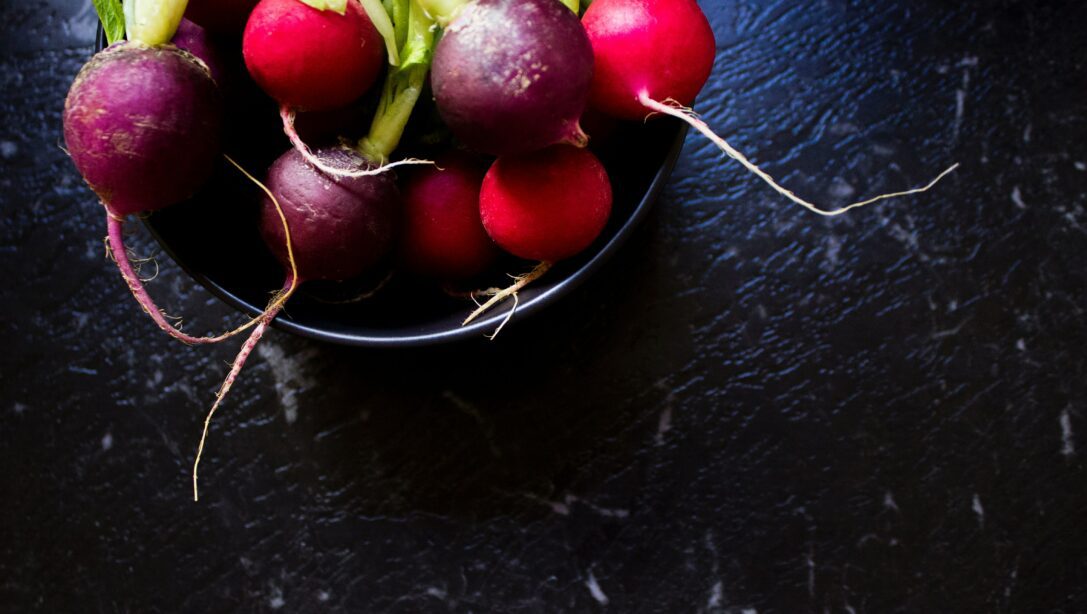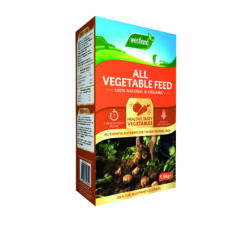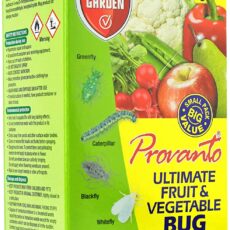Spring is in full swing and everything from fruit, vegetables and salad crops, to lawns, flowers and unfortunately weeds, will be in vigorous growing mode. May is an ideal time to think about how you can grow your own.
It isn’t too late to sow some vegetable seeds if you haven’t yet, however, so there is plenty of time to grow your own food! Here, we share some key grow your own activities for May.
View our collection of vegetable and herb seedsPreparation
Hardening off Crops
Vegetable and herb seeds that were sown undercover in April may now be ready to harden off and plant outdoors. Hardening off means gradually acclimatising the tender plants to the outdoor temperatures and conditions. Do this by placing the plants in a cold frame or sheltered area of the garden during the day, and bringing them back indoors at night. 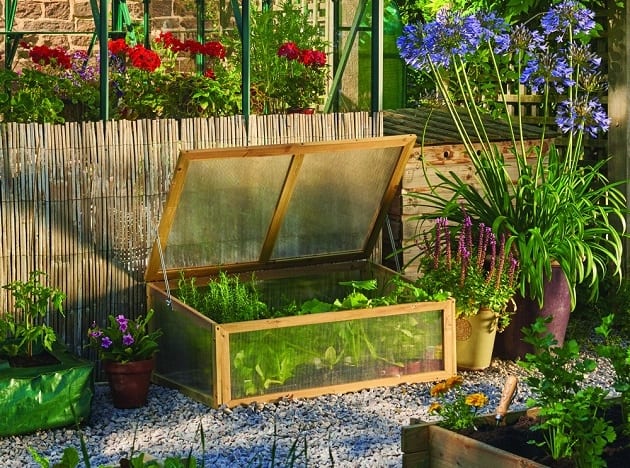 Keeping this routine going for one to two weeks will help the plant to become used to the harsher conditions. After you’ve done this, plant the crops directly into the ground. You may still want to give them some protection, such as a fleece cover, particularly if you live in northern areas, to prevent damage from any late frosts.
Keeping this routine going for one to two weeks will help the plant to become used to the harsher conditions. After you’ve done this, plant the crops directly into the ground. You may still want to give them some protection, such as a fleece cover, particularly if you live in northern areas, to prevent damage from any late frosts.
Mulching
If the weather is dry you can add mulch to borders and beds to help the soil retain moisture. Spread a layer around the area, ideally about 5cm deep. This will also go some way to keeping weeds down too.
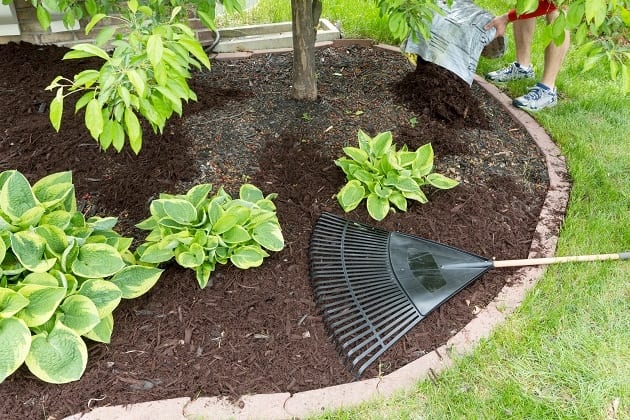
Sowing and Planting
In the Greenhouse
Sow seeds of courgette, marrows, squash and pumpkin into seed cells or individual pots. Place them on a light windowsill or in a warm greenhouse. Make sure the compost is kept moist at all times.
Sow Outdoors
Sow seeds of runner beans and French beans directly into your vegetable garden in mid-May. These climbers will need support to grow up and a wigwam is a simple and attractive solution. Simply place three to four bamboo canes into the ground and tie together at the top. Roughly sow the seeds around each cane at the base.
There are a huge number of other crops that can be sown directly outdoors this month, including beetroot, cabbage, kale and peas. Continue your successional sowing of salad crops for an ongoing supply all through summer.
If you are planting tomatoes outside, you can gradually ‘harden off’ your seedlings this month if you haven’t already before planting them in their final position. Alternatively, if you are growing them as small plants, these can be found in garden centres now and positioned outdoors. Read more in our guide to growing tomatoes.
If you’re limited on space, you can plant up a container or small pots with chilli peppers or sweet pepper plants. They are easy to maintain and are quite happy left in a container or planted directly in the ground if you wish. They will also do well on a sunny windowsill.
Harvesting
The following plants may be ready to harvest, depending when you sowed them: Kale (the leaves will still be young), lettuce, peas, purple sprouting broccoli, radishes, rocket and spinach.
Other Key Grow Your Own Activities
Watch for Frost
May can be a beautiful, balmy month, as warm as any summer’s day. It also has a habit of throwing up the occasional very late frost. Keep horticultural fleece on standby if this happens to protect your tender plants overnight.
Earth up Potatoes
The leafy shoots from potatoes planted earlier this year will need ‘earthing up’ to increase the number of potatoes produced. This means mounding soil around the shoots, and covering most of the stems, almost to their full height. This increases the length of the stem which is underground, which will then yield more potatoes.
Use the soil that is already there to do this, there is no need to add new compost. Leave a few centimetres of the plant’s stem above ground, allowing it to continue growing, then repeat this earthing up process every two to three weeks during May and June to ensure a bumper crop.
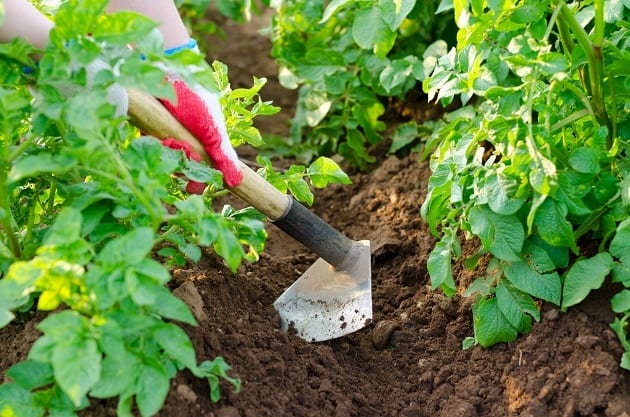
Weeding
It is necessary to be vigilant when it comes to weeds and root them out whenever you spot one. There is a wide range of tools available designed to tackle large, small and hard to reach areas of the garden.
Pest Control
Pests such as slugs and vine weevil may be amongst the most problematic at this time of year. Keep an eye out for other pests, too, including blackfly, carrot root fly, onion fly, codling moth, thrips and aphids. You will find a wide range of fast-acting and organic pest controls, such as nematodes, in our garden centres.
Hillier tip: Find advice on more natural control methods in our guide to natural gardening.
Top Tips
Thin Out Seedlings
For vegetable crops that were sown directly into the ground in April, it is time to start thinning them out. This means removing young crops from crowded areas in order to allow the remaining plants to get enough space and sunlight to grow. Consult the instructions for each type of seed that you have because it can vary widely from plant to plant. Be sure to water the area well after you have thinned out seedlings.
Water Wisely
As the weather starts to warm up, it is best to water your garden less frequently but more thoroughly. If possible, water your garden in the evenings when it is cooler. Watering plants when the sun is at its hottest can cause them to dry out too quickly and causes leaves and lawns to scorch. If space allows, invest in a water butt (or more than one) to collect rainwater to reuse in the garden — most plants prefer it to tap water anyway.
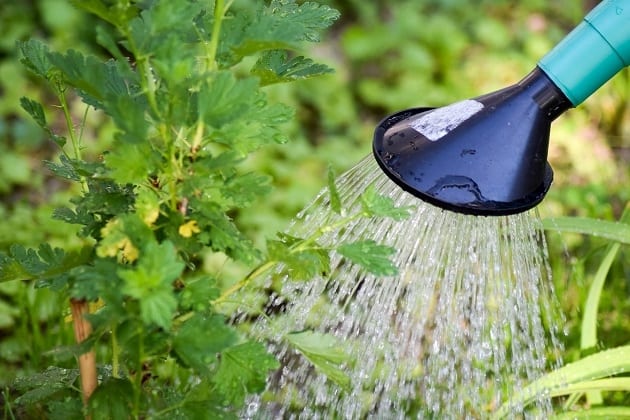
Was This Article Helpful?
Join the Hillier Gardening Club to get the latest gardening news and advice
Find Out More

